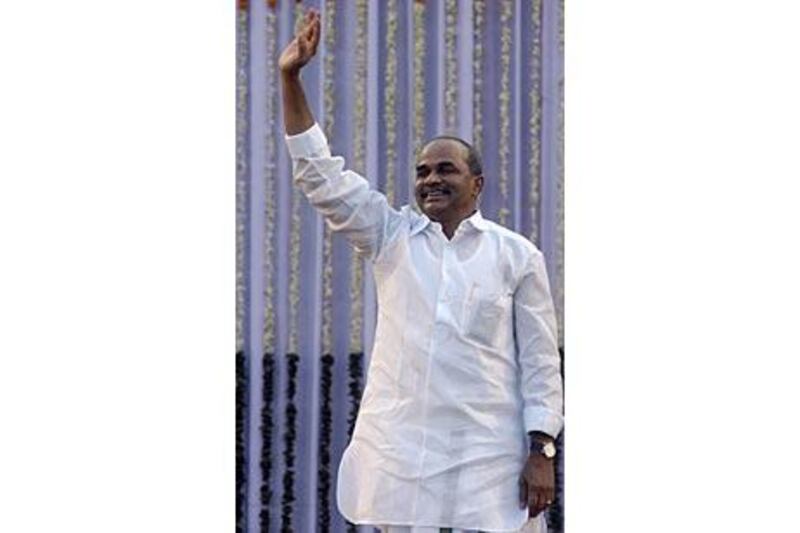The unexpected death in a helicopter accident of the charismatic Yeduguri Sandinti Rajasekhara Reddy, commonly known as YSR, the chief minister of the Indian state of Andhra Pradesh, brought down the highly popular politician in his prime. Unusually for a leader from the south of the country, he had carved out a significant role for himself within the Indian National Congress party, his campaigns contributing greatly to the party-led coalition's victory in the general election held in May.
Described as having the "resilience and tenacity of a spider", acclaimed "the tiger of Kadapa", the politically important city in southern Andhra Pradesh, whatever the label, Reddy proved himself a natural political animal, adept at presenting himself as a man of the people. To those who may have doubted his commitment to acting in the best interests of the masses of Andhra Pradesh, his unprecedented 64-day perambulation across 1,500 kilometres of the state in 2003 to receive the petitions of the rural poor and witness firsthand their basic living conditions was a dramatic and visually arresting example of his concern. The wealth of newspaper columns and images the exercise produced ensured that his name was etched into the collective memory of thousands.
Born in Pulivendula, Reddy studied medicine in Karnataka and worked as a surgeon in Tirupati, where he was elected leader of the House Surgeons' Association. For a time, he was employed in the hospital his father built in Pulivendula, but his real interest was in politics. In 1978, he was elected to the Andhra Pradesh State Assembly and went on to serve as state minister from 1980 to 1983 holding important portfolios related to rural development, health and education. A dedicated sponsor of social welfare schemes throughout his career, he initiated a variety of projects ranging from irrigation to health insurance to providing start-up loans, for women.
Elected to the Lok Sabha (Lower House) from the Kadapa constituency four times, and to the Andhra Pradesh State Assembly a total of six times from the Pulivendula constituency, he later served twice as president of the Andhra Pradesh Congress Committee, in 1983 to 1985 and 1998 to 2000. From 1999 to 2004 he was the leader of opposition in the 11th state assembly. After the Congress won a surprising 185 seats of the legislative assembly in the May 2004 elections, Reddy was elected chief minister of Andhra Pradesh. A figure of unity within the party, he managed to keep the various political tendencies within the state in sync while facing down the internal threat to stability posed by Maoist rebels. He also succeeded in securing substantial international investment to help transform the city of Hyderabad, the capital of Andhra Pradesh, into India's second "Silicon Valley", after Bangalore.
He is survived by his wife, his son, the politician YS Jagan Mohan, and a daughter, Sharmila. Yeduguri Sandinti Rajasekhara Reddy was born on July 8, 1949. He died on September 2. * The National






